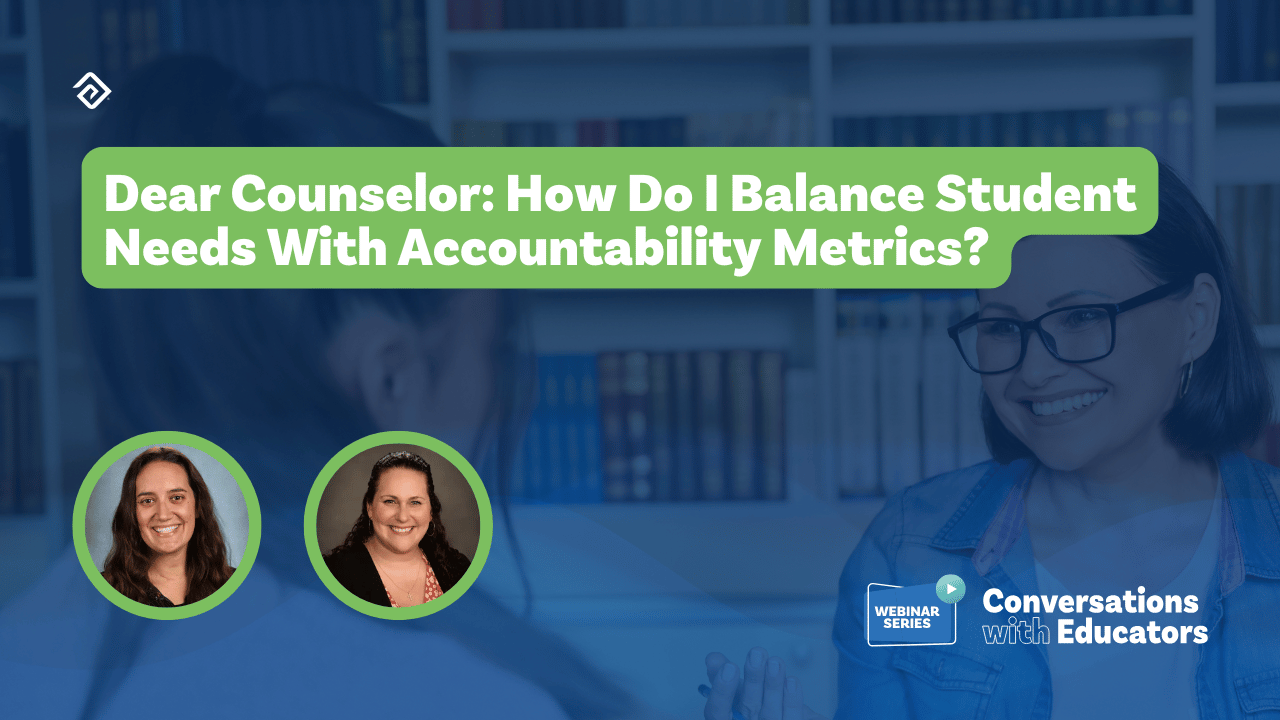Thoughtful, Not Fearful: How We’re Embracing AI at Education Advanced
When I talk with educators and school leaders about Artificial Intelligence (AI), the responses are always varied. Some are excited. Others are skeptical. And a lot of people are just plain nervous.
Honestly? I get it.
This moment reminds me of when the internet first started to make its way into classrooms, or when Google launched and people weren’t sure if using Wikipedia counted as “cheating.” We’re at the start of another shift like that, and it’s stirring up a lot of questions—many of them valid.
Right now, AI feels like the wild west. There’s a rush to adopt it, but there’s also fear about getting it wrong. It’s new, it’s fast-moving, and it’s far from perfect.
Even I have moments where it makes me uneasy.
Use It to Help People, Not Replace Them
What worries me most isn’t the technology—it’s how we talk about it. I’ve heard way too many conversations about AI replacing people altogether. I don’t believe that’s what it’s designed for.
To me, AI is a tool. A powerful one, of course, but still just a tool. It’s not meant to take the place of educators or administrators. It’s meant to take some of the weight off their shoulders.
Take performance reviews, for example. Writing them takes time. A lot of it. AI can help pull the key data together and generate a professional, well-structured summary in minutes. That’s not cutting corners—it’s giving time back to the people doing the most important work.

We Started with Education
At Education Advanced, we’ve taken a phased and thoughtful approach to introducing AI. First, we focused on our team. We rolled out trainings on everything from hallucinations to bias and gave folks access to AI tools —after they completed that training.
That education-first mindset matters. We want our people to feel confident using AI, not overwhelmed by it. It’s okay to take it slow. You don’t have to be an expert overnight.
Once our team felt more comfortable, we started using AI behind the scenes—in marketing, development, and customer support. Not to do the work for our teams, but to help our team members move faster and work smarter.
Meeting Customers Where They Are
We work with districts of all sizes—some with full tech teams, others where the “IT person” is whoever set up the email system. So it’s our job to lead with empathy and meet them where they are.
If a district can’t use AI because of policy, then we don’t push it. If they’re interested but unsure, we guide them. That partnership mindset is at the core of everything we do.
There’s so much potential here. AI can scan student records to flag gaps that might impact graduation. It can surface trends, exceptions, and issues before they become problems. One example that sticks with me is a student who wants to graduate with honors but had unknowingly missed a requirement. With AI, that could’ve been flagged automatically—well before it became a problem. Instead of manually digging through thousands of records, counselors could focus on students who need it, helping them stay on track.
For counselors dealing with heavy caseloads—or stepping into a role mid-year—those small things can make a big difference. It’s not about making decisions for educators. It’s about giving them better visibility, earlier.
AI Behind the Scenes
Internally, we’ve already seen the benefits. Our marketing team has been especially forward-thinking, using AI to create consistent content faster than ever before. Development is documenting code more efficiently. Sales and support are using AI to speed up communication.
These aren’t flashy features—but they’re meaningful improvements that help us operate with excellence, even as we grow.
Still, AI isn’t free. Every action costs processing power and tokens. At scale, those costs add up. We're figuring out how to balance that—how to fund it, where it adds value, and how to roll it out responsibly. It’s also important to understand the environmental side of this technology. AI runs on massive amounts of computing power, and that has real sustainability implications. I’ve read that even something as simple as asking an AI, “What’s 2+2?” or saying “thank you” can use around 0.1 to 1 watt-hour of energy—similar to turning on a small LED light for a few minutes, or briefly charging your phone.That kind of detail matters. If we’re going to embrace this technology, we also need to be mindful of its impact.
It’s not just a matter of plugging it in and hoping for the best. We’re intentional with every step.
Stay Curious. Stay Cautious. Stay Human.
I know there’s pressure to jump in headfirst, to do all the things, right now. But I believe it’s okay to crawl before you walk. You don’t need to run toward the latest shiny thing. You need to ask: Does this help? Does this align with our values? Will this make someone’s job easier—not harder?
Because the point of AI isn’t AI.
The point is people.
And to really use this technology well, we have to be educated. We need to understand what it can do, what it can’t, and what it costs—not just in dollars, but in energy, trust, and time. That’s why education has to come first. It's what keeps us grounded, keeps us cautious, and helps us make better decisions.
If we can use this technology to free up time, improve outcomes, and support the humans behind the systems—then we’re doing it right.
So that’s what we’ll keep doing: moving forward, carefully and thoughtfully, with people at the center.


More Great Content
We know you'll love




